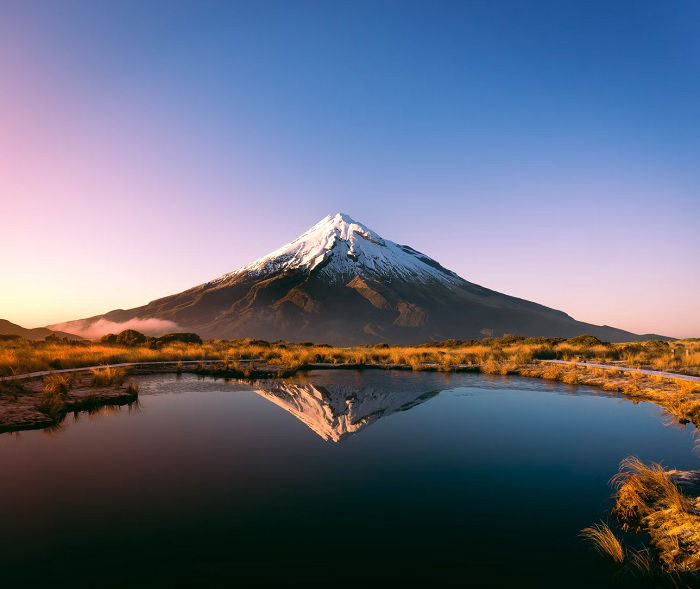PhotoPills App Review – Is This the Ultimate Photography App?
I almost never go to a photoshoot without a detailed plan. And there’s one photo planning app that stands out above the rest, and that’s PhotoPills. This review will tell you everything you need to know about PhotoPills. And you’ll soon learn how this powerful app can improve your photos.
PhotoPills is available in both the App Store and the Google Play Store.
What Is the PhotoPills App?
The best way of thinking of the PhotoPills app is as a toolbox. It has a bunch of different tools, known as “pills,” that each serve a different purpose.
Whether you’re photographing a seascape at sunrise, the Milky Way in the middle of the night, or the sunrise over a cityscape, PhotoPills will be invaluable.
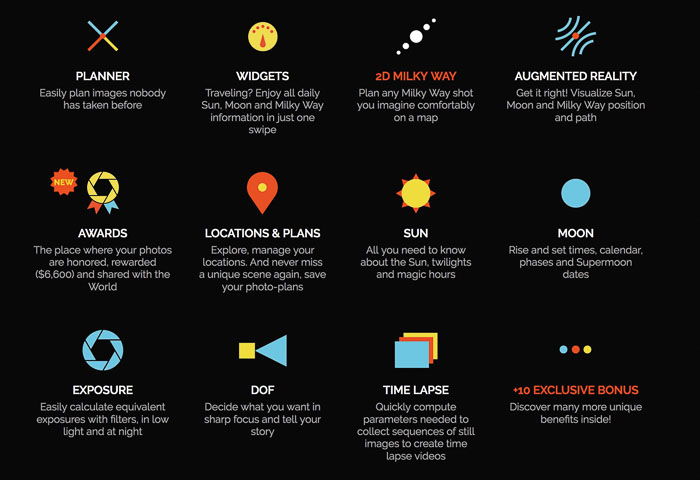
Some of the pills are designed to help you research and plan your photos in advance. Others are designed to help you execute your photos while on location. Some will even help you choose the best lens, depending on the shot you want to create.
PhotoPills Features
The PhotoPills app is incredibly rich in features and keeps getting better. Here are a few of my favorite features and the ones I would recommend a new user learn how to use to get the most out of the app.
Planner
Where PhotoPills shines is its ability to see into the future and allow you to plan photos and save those plans.
You can use the Planner pill in one of two ways. You either know when you want to shoot and want to find a good location, or you know where you want to shoot and want to find the best time to do so.
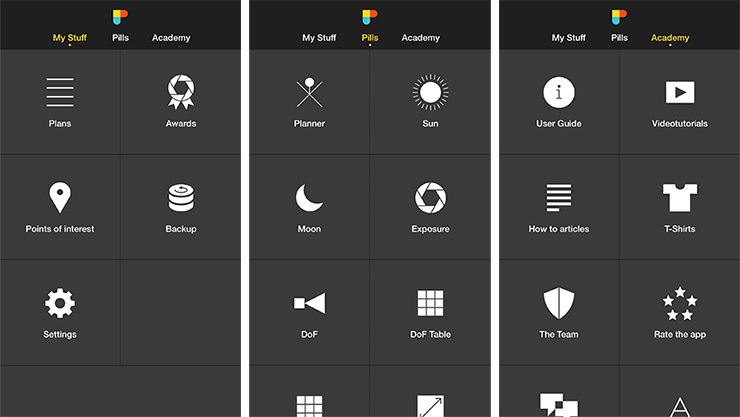
The Planner pill is divided into four sections: top panels, map, time bar, and options.
Each of the top panels allows you to control the visibility of various elements on the map. These include the Sun, Moon, shadows, Milky Way, etc. You can toggle each one on and off if you don’t need them for your photo.
You can customize the map to your needs. You can also place various pins on the map to save for later. Map settings give you more options, such as Camera mode, Drone mode, and map styles (such as standard, satellite, or terrain views). You also have the ability to toggle map layers on and off.
The time bar below the map shows a graph of the Sun and Moon’s elevation in the sky over time. You can swipe along the graph to move through time and see exactly where each will be at any given time. Alternatively, you can tap it to enter your desired date and time manually.
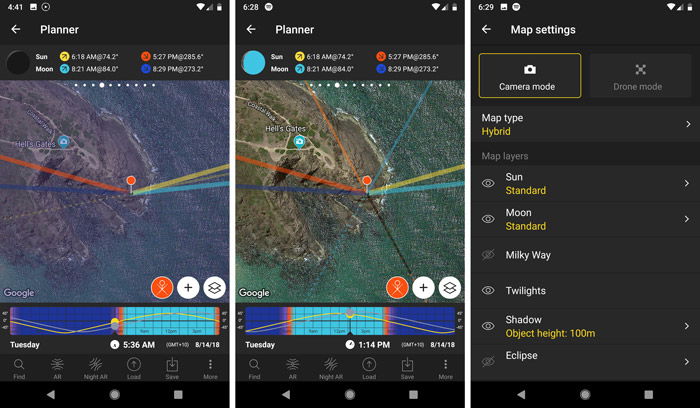
The Options bar at the bottom includes a few extra tools that help you make the most of the Planner.
These tools are mainly for saving, loading, and sharing plans that you create in the Planner.
Augmented Reality
If you’re not familiar with augmented reality (AR), prepare to have your mind blown. AR uses the compass and GPS in your device. It superimposes information over the top of what your camera is seeing in real life. The PhotoPills app includes two pills that use AR technology.
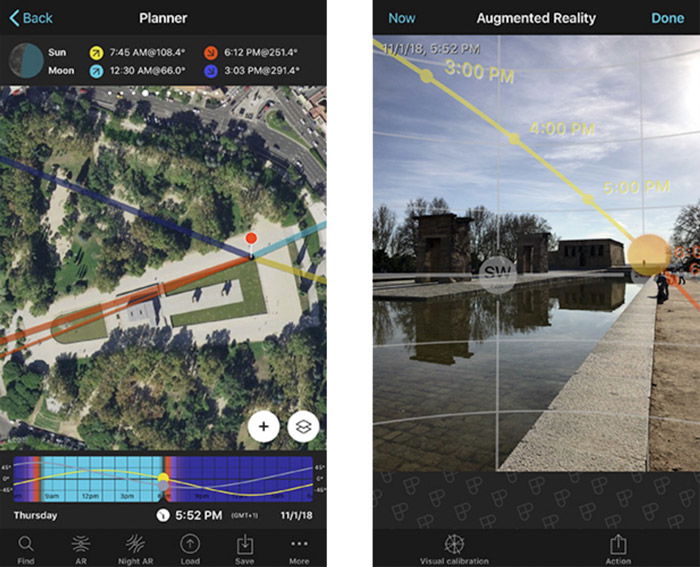
The AR pill will superimpose the position and path of the Sun and Moon, as well as the directions of the sunrise/sunset and moonrise/moonset.
Using the AR pill, you can see exactly where the Sun and Moon will be in the sky at any given moment in time.
The best part is that you don’t need to be at the location. You can just input the location info, and it will work as if you’re right there.
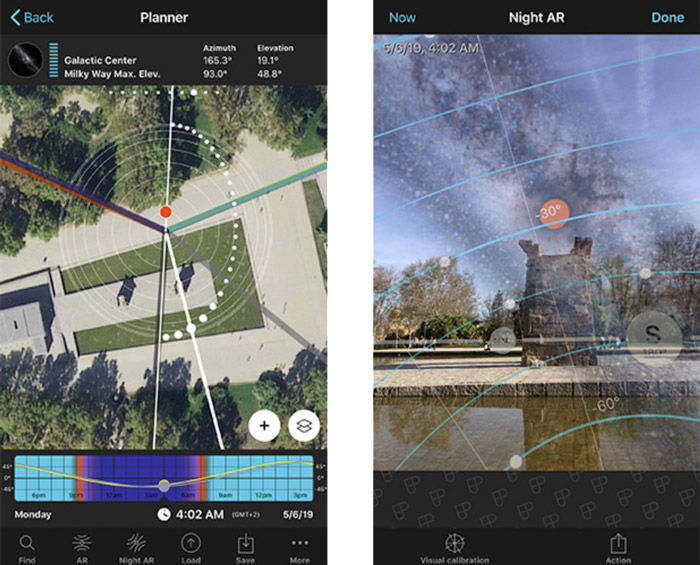
The Night AR pill works the same way as the AR pill. But instead of superimposing the path of the Sun and Moon, you’ll see the Milky Way, celestial equator, and Moon. This is the single most useful feature if you’re into astrophotography.
Sun/Moon Pills
The Sun and Moon pills give you a chronological list of events relating to the Sun and Moon. These include sunrise, golden hour, blue hour, moonrise, twilight, etc. It even shows you the start and end of galactic center visibility.
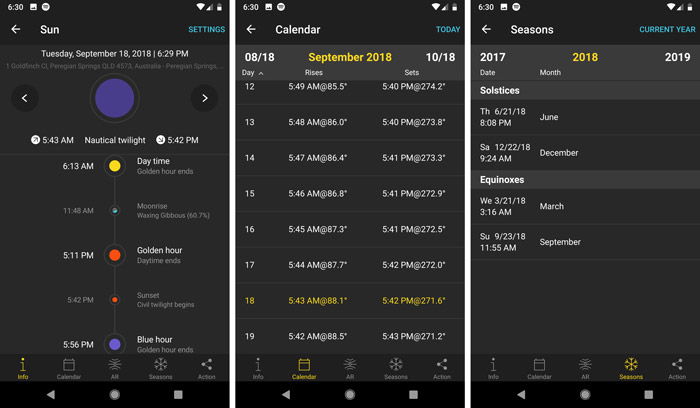
The two pills are similar, but each has features unique to the Sun and Moon. For example, the calendar view in the Sun app provides sunrise and sunset data for each day of the month.
The Moon pill’s calendar view shows you which phase the Moon is in for each day of the month. This is useful for finding dates when the Moon will be full or new.
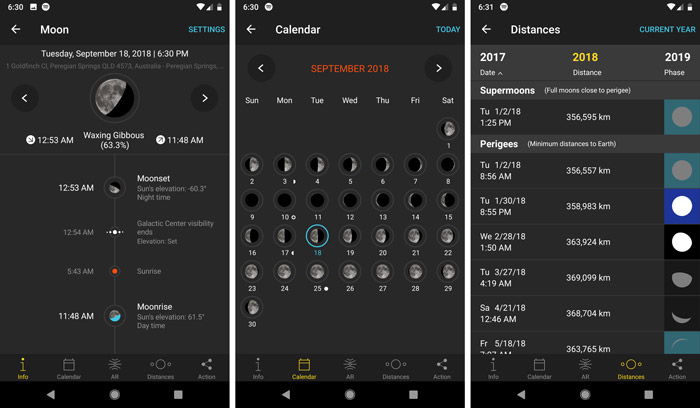
The Sun pill also features a Seasons view, which tells you the dates of the next equinoxes and solstices.
I’ve never found any use for this, seeing as they are the same dates every year.
The Moon pill’s Distances view is great if you want to know the dates of upcoming supermoons.
Tools and Calculators
There are some useful tools and calculators included in the PhotoPills app. Whether you’re trying to calculate hyperfocal distance, depth of field, subject distance, or exposure time for long exposures, there’s a pill for that. There are even pills for calculating star trails and time-lapse photography.
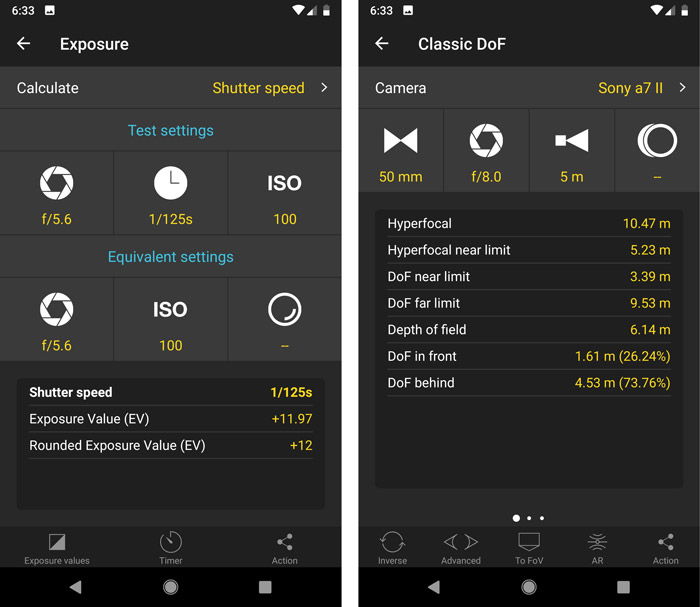
In the past, I’ve avoided getting into the more technical side of photography. This is partly because I see photography as more of an artistic expression than a science. It’s also because I never liked the idea of memorizing data tables or carrying charts around in my camera bag. But PhotoPills puts all that data in my pocket and makes the science of photography more enjoyable.
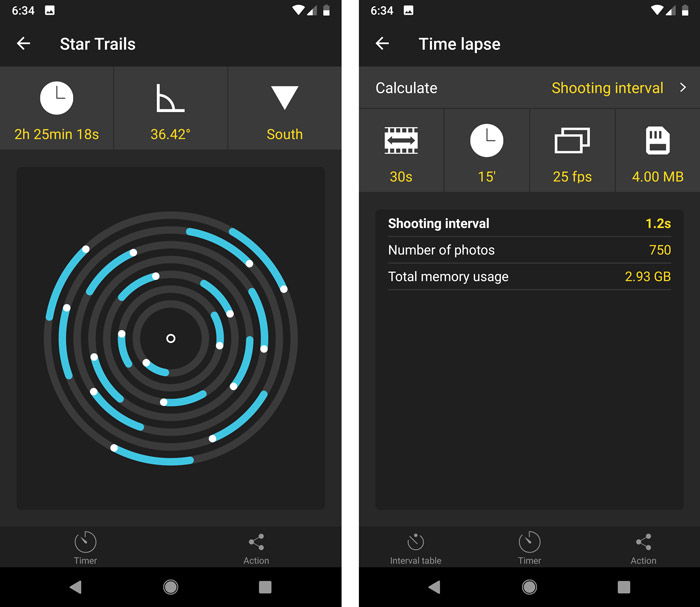
PhotoPills includes so many features that I haven’t even used many of them.
It will depend largely on what kind of photography you like. Some people will find some pills more useful than others.
Widgets
One of my favorite features of the PhotoPills app is the widgets. At a glance, I can see what’s happening in my location for the next 24 hours. The Android widget includes sunrise, sunset, golden hour, blue hour, astronomical twilight, moonrise, moonset, and Moon phase. It even has the start and end of galactic center visibility. That tells me a lot in just a couple of seconds.
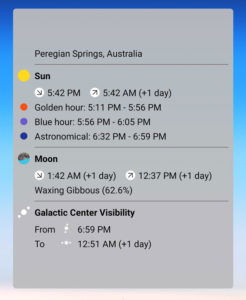
There are also widgets available that will show you your upcoming plans. You can still access these even offline.
It’s a great feature when you’re traveling. As a travel photographer, I save a bunch of plans for my trips. To be able to access them in another country or the middle of nowhere is a lifesaver.
Conclusion—PhotoPills App
In case it wasn’t clear, I’m a massive fan of PhotoPills. It’s a great tool for landscape photographers, whether they use iPhones or Android phones. I’ve used similar apps in the past, such as The Photographer’s Ephemeris and Sun Surveyor. They’re great apps, but PhotoPills is far more user-friendly and has better features.
There’s a bit of a learning curve with PhotoPills, but it’s worth learning to use!


